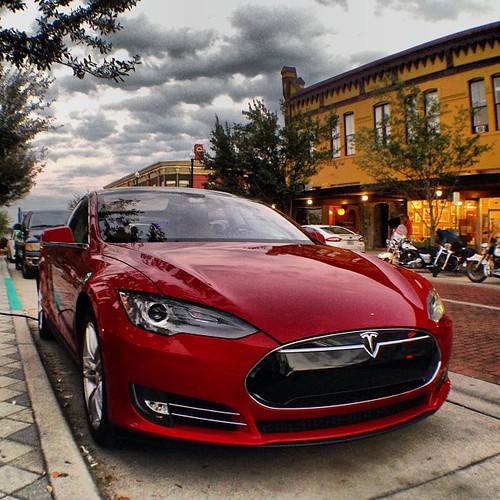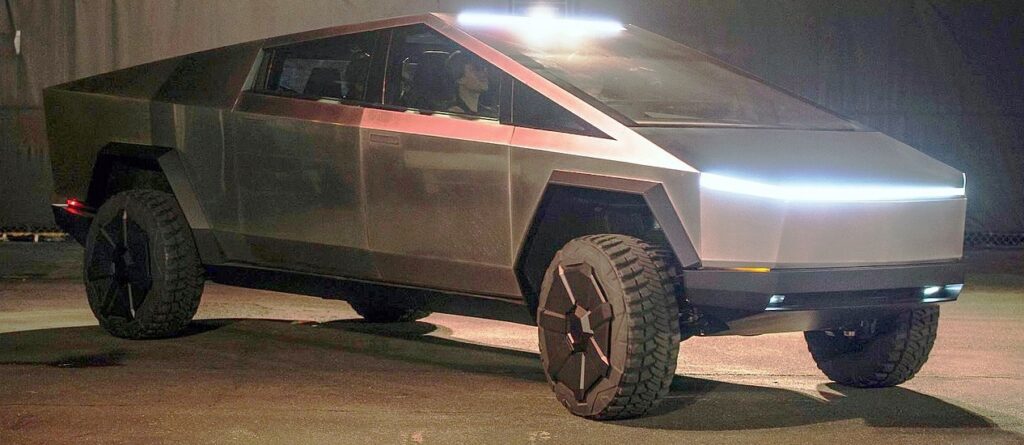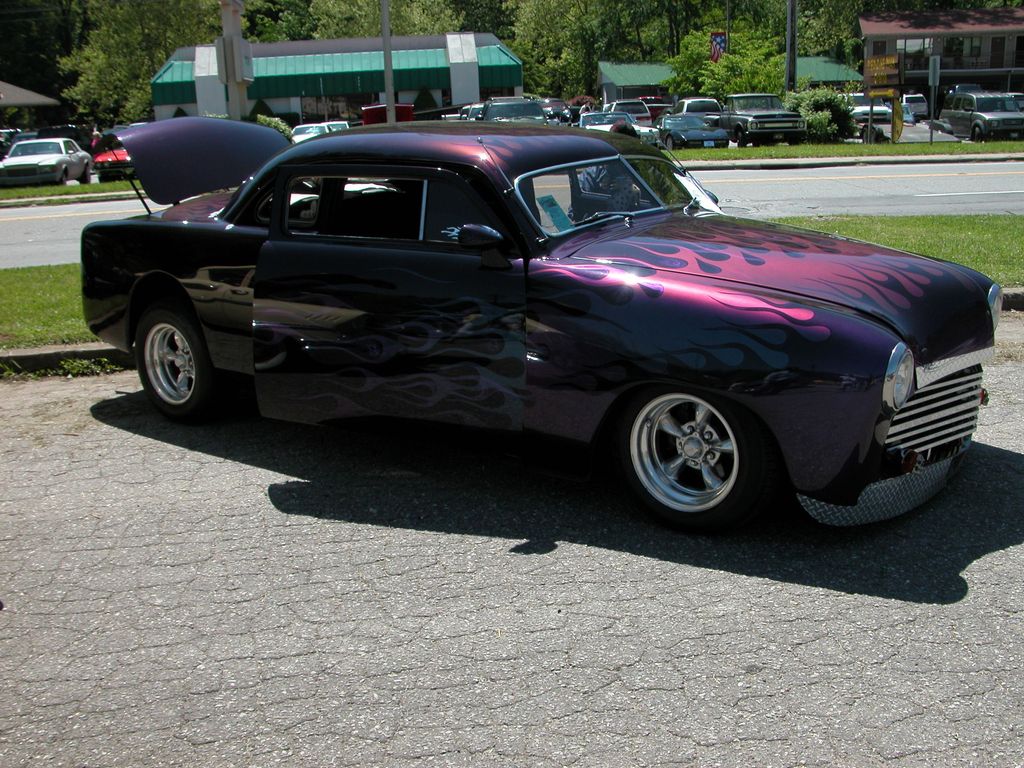
The roar of a V8, the intoxicating whine of a supercharger, and the sheer, unadulterated thrust that pins you to your seat – for many automotive enthusiasts, the supercharged muscle car represents the pinnacle of performance and a deeply cherished dream. It’s the mechanical equivalent of strapping a rocket to an engine, forcing more air in, generating more power out, and transforming ordinary engines into torque-heavy monsters. Whether it’s the roots-style blowers of classic American muscle or the modern twin-screw units, supercharging promises a bold blend of force and finesse that is hard to resist, offering near-instant power across the rev range and producing that visceral rush many crave.
However, as any seasoned gearhead will tell you, the dream of owning such a beast often comes with a significant dose of reality. The thrill of driving a fast muscle car is unmatched, but that doesn’t come without some serious aspects to consider before spending a ton of money on one. Many potential owners, especially those looking to relive childhood fantasies, often overlook the true cost and commitment involved, not understanding that with great power often comes great compromise.
This in-depth exploration aims to provide enthusiasts, shoppers, and tuners alike with a clear-eyed perspective on the less glamorous side of supercharged muscle car ownership. We’ll dive deep into nine critical reasons why what seems like a perfect performance proposition can quickly become a significant financial and mechanical burden, turning a dream car into little more than driveway decor.
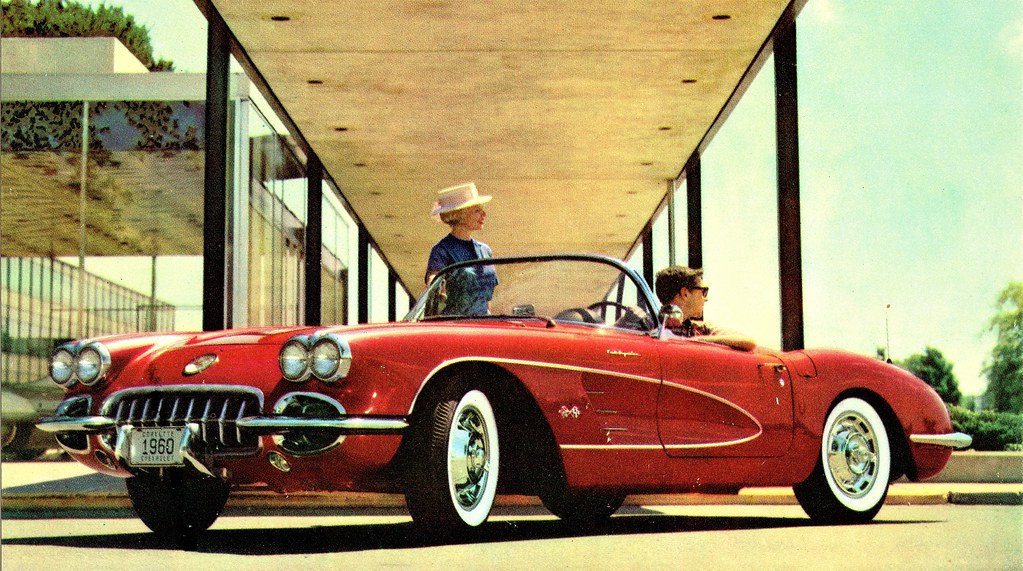
1. **Astronomical Gas Mileage**Let’s be upfront about this: nobody buys a classic muscle car, least of all a supercharged one, for its fuel economy. Yet, it remains one of the most significant and often underestimated drawbacks of ownership. These are not vehicles designed with efficiency in mind; they are purpose-built for raw power, and that power comes at a steep price at the pump. The sheer volume of fuel required to feed these high-output engines can quickly add up, transforming every scenic drive into a costly exercise that constantly reminds you of the financial burden.
Take, for instance, an automotive icon like the 1960 Chevrolet Corvette, perhaps one of the most iconic roadsters of all time. Despite its legendary status and thrilling performance, this vehicle achieved a measly 13 MPG. Such abysmal mileage isn’t just an inconvenience; it contributes substantially to the overall cost of ownership, making long scenic road trips far less appealing. The problem is that many younger buyers are simply trying to relive their childhood dreams, not understanding the true cost of ownership and how frequently they’ll be visiting gas stations.
A muscle car isn’t something that you want to use for your main driver, despite the theoretical possibility. Although you could, in theory, live with a 1965 Camaro as a daily driver, the economic realities of constant refueling stops and soaring fuel bills would quickly diminish the appeal. Classic cars, especially supercharged variants, are far better reserved for weekend cruises or special occasions, where their exhilarating performance can be enjoyed without the constant stress of their demanding fuel appetite. This fundamental aspect is often overlooked, leading to buyer’s remorse.
Read more about: The New American Dream: Why Ford Broncos and Classic Chevys Are Reaching Astounding Values Among the Ultra-Rich

2. **Exorbitant Maintenance and Scarce, Specialized Parts**Beyond the fuel consumption, the practicalities of keeping a supercharged classic muscle car on the road present a formidable challenge, particularly when it comes to maintenance and parts availability. Classic cars are very old, and that can mean costly maintenance to keep them on the road. This isn’t just about routine oil changes; it involves addressing components that have endured decades of stress and use, components that are often unique to these specific high-performance models and require specialized knowledge.
The difficulty is further compounded by the fact that many parts are special ordered and much harder to come by these days. Unlike modern vehicles with readily available components, securing parts for a vintage supercharged machine can involve extensive searches, long waiting times, and premium prices. When forced induction is added to the equation, the complexity and specialized nature of components—from the supercharger unit itself to reinforced engine internals, high-capacity fuel systems, and dedicated cooling setups—escalate exponentially, making repairs even more intricate and expensive.
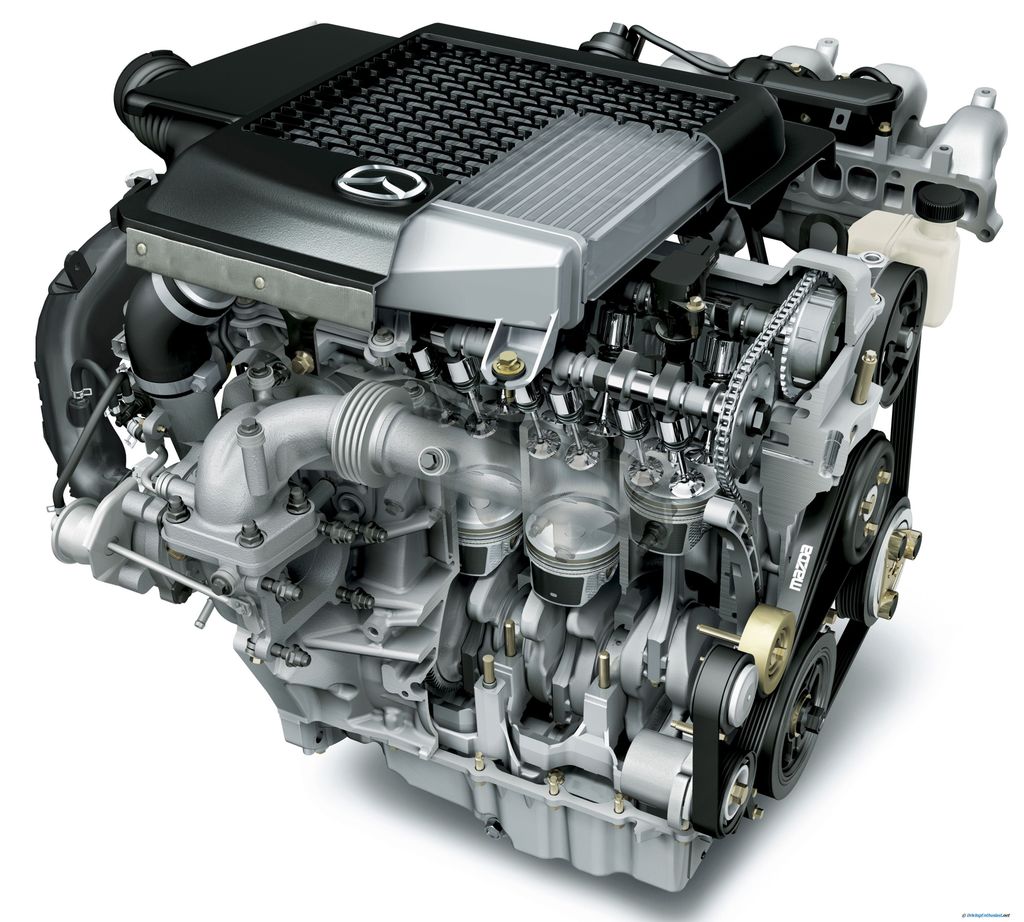
3. **Engines Not Designed for Boost and the Overheating Predicament**The idea of bolting a supercharger onto an engine to unlock massive power gains is incredibly enticing, but it’s a path fraught with peril if the engine’s core architecture wasn’t initially engineered to handle the immense stresses of forced induction. A supercharger indeed forces more air into the engine, generating more power and transforming it into a torque-heavy monster, delivering near-instant power across the rev range. However, this comes at a significant cost to the engine’s long-term health if the foundational engineering isn’t meticulously accounted for in the design phase.
When automakers engineer engines specifically for boost, the results can be spectacular: reliable, thrilling, and surprisingly refined. But when a supercharger is added without the foundational engineering to support it—or when cost-cutting, tuning limitations, or mechanical shortcuts come into play—reliability quickly becomes an afterthought. Forced induction places enormous stress on an engine’s internals, its cooling system, fuel delivery components, and even its very architecture. Engines that were never intended for boost simply cannot sustain the increased cylinder pressures and thermal loads without rapid degradation and expensive failures.
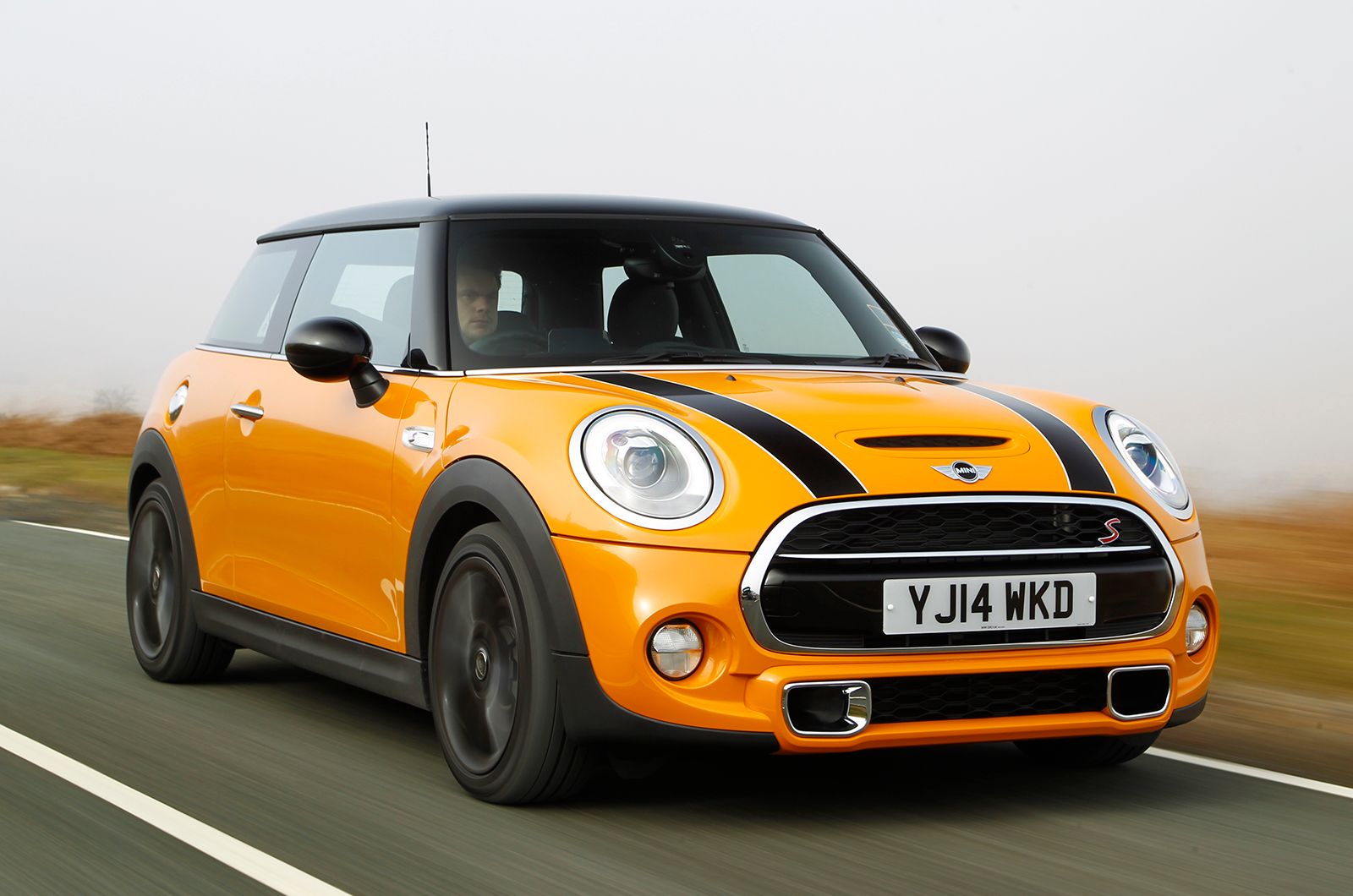
4. **Mini Cooper S 1.6L Supercharged (R53): A Charming Yet Frail Performer**The R53 Mini Cooper S is fondly remembered for its playful handling and the distinctive, charismatic whine of its Eaton M45 supercharger, offering a genuinely engaging and go-kart-like driving experience. However, once the initial novelty wears off and the mileage accumulates, many owners are confronted with the grim reality of costly maintenance and a frustrating array of engine-related issues. Despite BMW’s engineering efforts in the Tritec 1.6L engine that powers it, this unit simply doesn’t deliver the long-term reliability expected of a modern forced induction powerplant, making it a particularly risky proposition for those seeking durable performance, as evidenced by common issues like the premature failure of the timing chain tensioner which can lead to catastrophic engine failure.
Heat management presents a critical vulnerability for the R53. The supercharger sits tightly packed in a small bay with limited airflow, which frequently results in severe heat soak, especially during spirited driving or in warmer climates. The factory intercooling system is, at best, modest and proves largely inadequate for sustained high-performance demands, leading to reduced power output and accelerated wear. This excessive heat directly contributes to the rapid degradation of crucial plastic cooling system components, including the thermostat housing and radiator hoses, which become brittle over time and are frequent points of failure. Even the supercharger itself isn’t immune to problems; while the Eaton M45 is generally durable, the coupler inside the unit often wears out, creating a loud rattling noise, and supercharger service or replacement is not cheap, usually requiring significant labor.
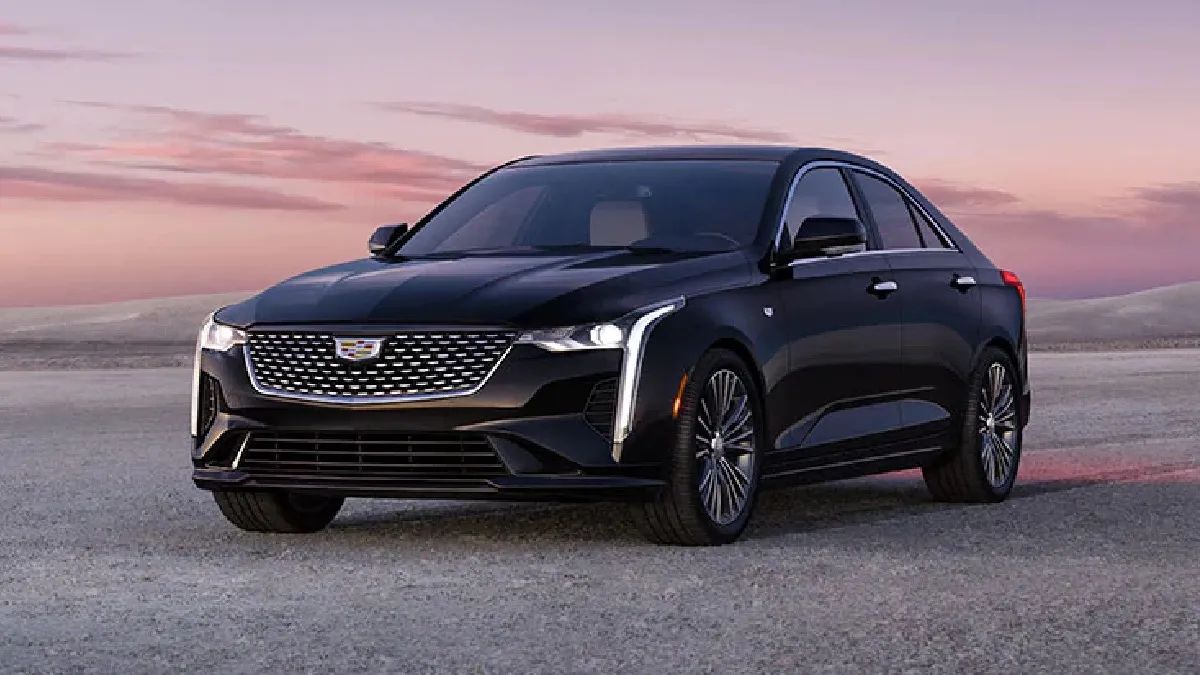
5. **Cadillac Northstar Supercharged V8 (Custom Applications): A Recipe for Disaster**The Northstar V8 is infamous for being one of the most problematic high-performance engines GM ever produced, despite being designed with luxury and smoothness in mind. Crucially, it was never built for boost in its original conception. Nevertheless, a segment of enthusiasts and custom builders, drawn by the engine’s potential, have attempted to bolt superchargers onto this engine in hopes of extracting more performance. Unfortunately, this often leads to disaster, as the Northstar’s inherent design flaws are only magnified under the extreme pressures and heat of forced induction, consistently yielding poor long-term reliability.
The most well-known and critical issue with the Northstar is its head bolt design. The aluminum block features threads that frequently strip, a design flaw that often leads directly to head gasket failure even in naturally aspirated applications. Under supercharged conditions, cylinder pressures spike significantly, causing head lift and immediate failure in engines that haven’t been meticulously and expensively reinforced with aftermarket solutions. Repairing this requires specialized drilling and installing expensive “timesert” kits or, in many unfortunate cases, swapping the entire engine—an extremely labor-intensive and prohibitively costly endeavor that far exceeds the value of most older Northstar-powered vehicles.
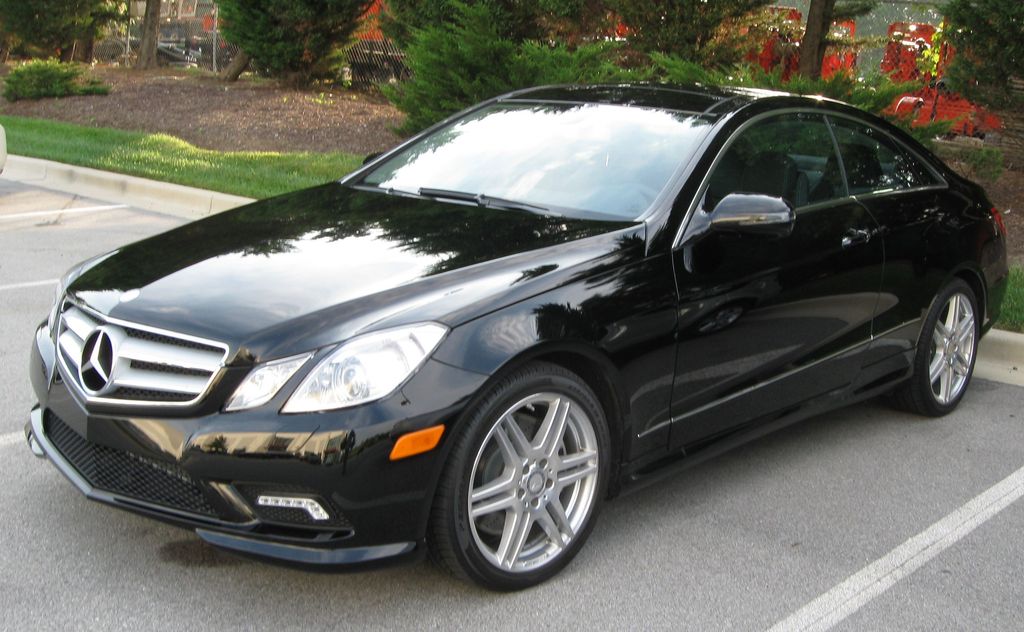
6. **Mercedes M272/M273 with Aftermarket Superchargers**Mercedes-Benz’s M272 V6 and M273 V8 engines, while providing smooth and adequate power for luxury cruising in their naturally aspirated forms, were fundamentally never designed with the internal fortitude required to reliably handle forced induction. Despite their widespread use across a variety of mid-2000s models, attempts to bolt on aftermarket supercharger kits often lead to a rapid succession of mechanical headaches rather than sustained performance gains. The inherent design of these engines simply cannot withstand the increased pressures and thermal loads that supercharging introduces, making them particularly poor candidates for such modifications.
One of the most critical and frequently encountered issues when boosting these engines is the premature stretching and wear of the timing chain and its plastic guides. Even in stock form, these components are known to be weak points. The added stress from higher combustion pressures and increased RPMs under forced induction dramatically accelerates this degradation, making chain failure almost inevitable. A stretched or failed timing chain can result in catastrophic valve-to-piston contact, leading to complete and irreversible engine destruction, which is a dealbreaker for anyone considering performance modifications.
Beyond internal weaknesses, thermal management presents another significant hurdle. The M272 and M273 engines are typically housed in tight engine bays with limited airflow, making the efficient installation of necessary intercoolers and oil coolers a daunting task. Aftermarket supercharged versions often suffer from dangerously high intake air temperatures and rapid oil breakdown, especially during any form of spirited driving. Without extensive and costly modifications to the cooling system, these engines consistently operate on the brink of thermal failure, with consequences like warped cylinder heads or seized pistons becoming an alarmingly real possibility. Furthermore, pre-existing weaknesses such as balance shaft wear in early M272 models, electronic throttle problems, and intake manifold actuator failures are only exacerbated by the demands of forced induction, creating a cascade of costly and frustrating repairs.

7. **Ford 3.8L V6 Supercharged (Thunderbird SC)**The Ford Thunderbird Super Coupe, produced from 1989 to 1995, represented an ambitious effort to fuse American muscle with a touch of European sophistication, powered by a supercharged 3.8L V6. While it delivered respectable power for its era and boasted the distinctive whine of a roots-style blower, this engine quickly developed a reputation for fragility and demanding maintenance, ultimately struggling with long-term durability and inadequate thermal management. For enthusiasts seeking a reliable classic supercharged Ford, the 3.8L SC V6 often proves to be more of a liability than an asset as it ages.
A primary and pervasive issue with this engine was its notorious tendency to blow head gaskets. The cylinder head design and the layout of its fasteners often resulted in uneven clamping force, particularly near the rear cylinders, leading to premature gasket failures even in stock applications. Under the increased pressures of supercharging, this problem became dramatically worse, with many owners experiencing head gasket failures as early as 70,000 miles. Although Ford eventually introduced an updated gasket design, the damage to the engine’s reliability reputation had already been done, solidifying its place among the less dependable forced induction platforms.
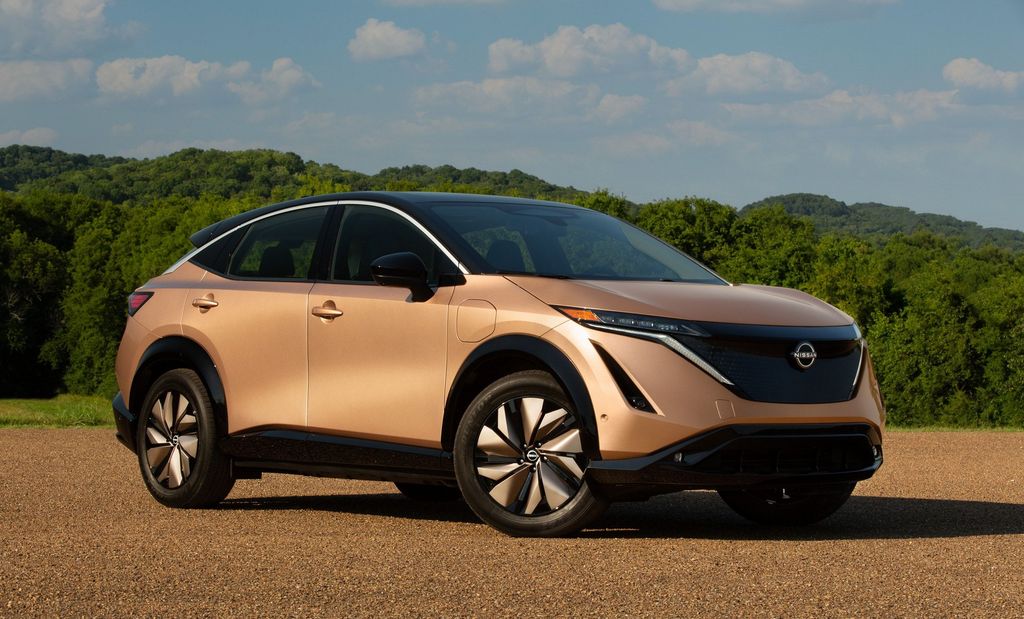
8. **Nissan VQ35DE with Aftermarket Superchargers**The Nissan VQ35DE engine has rightfully earned a robust reputation as a naturally aspirated powerhouse, widely utilized in popular vehicles such as the 350Z, G35, Maxima, and Altima. Its reliability and strong performance in stock form are well-documented. However, when owners are tempted by the prospect of adding forced induction, particularly through relatively inexpensive centrifugal supercharger kits, the VQ35DE quickly reveals its inherent limitations. Many enthusiasts discover, often through costly experience, that this engine is simply not tolerant of boost without a substantial and expensive investment in comprehensive supporting modifications and a full engine build.
The most significant hurdle for supercharging the VQ35DE lies in its relatively high factory compression ratio, typically around 10.3:1. This high compression makes the engine exceptionally susceptible to detonation, or “knock,” even under moderate boost levels. Achieving reliable boosted performance necessitates absolutely precise tuning and the consistent use of high-octane fuel; without these, engine knock becomes a constant and destructive issue. Compounding this problem are the engine’s aging knock sensor logic and limited factory timing adjustability, which collectively create a high-risk environment for internal damage when forced induction is introduced.
Effective thermal management presents another critical concern. The VQ35DE naturally runs quite hot even in its naturally aspirated configuration. Introducing a supercharger dramatically elevates intake air temperatures, rendering the factory radiator, cooling fans, and oil cooler woefully inadequate. Prolonged periods of spirited driving frequently result in dangerously high oil temperatures and severe heat soak, which can rapidly accelerate piston ring wear, cause oil thinning, and degrade timing chain tensioners. Furthermore, oil consumption, an already known characteristic of the VQ engine family, significantly worsens under the added strain of boost. If not diligently monitored and corrected, consistently low oil levels can lead to catastrophic bottom-end failure, evident through symptoms like rod knock or worse, underscoring the VQ35DE’s fundamental design limitations in a forced induction context.
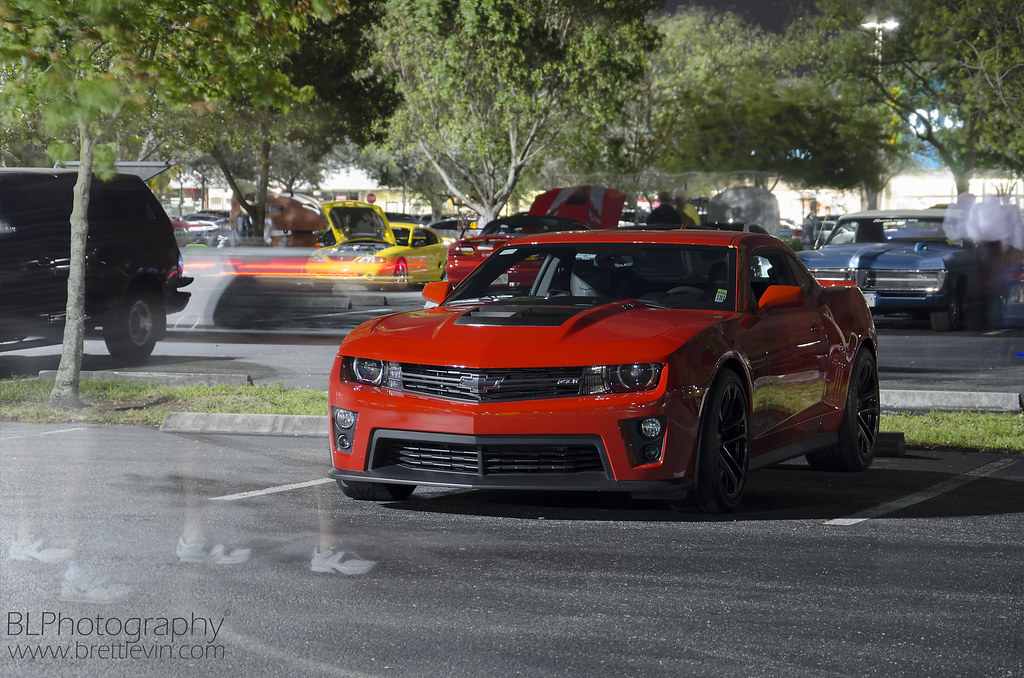
9. **The Critical Role of Proper Tuning and Necessary Supporting Modifications**Beyond the inherent design flaws or operational shortcomings of specific engines, a pervasive reason why many supercharged projects ultimately fail stems from a fundamental misunderstanding or neglect of proper tuning and the absolute necessity of supporting modifications. The allure of bolting on a supercharger kit and instantly doubling horsepower is incredibly strong, yet this “silver bullet” approach often ignores the complex ecosystem of an engine and its ancillaries, leading to costly and frustrating failures. This oversight often turns a dream car into a driveway ornament, a stark reminder that power without durability is an illusion.
When an engine is modified for forced induction, its demands for fuel, spark, and cooling change dramatically. A “good tune” isn’t merely about extracting maximum horsepower; it’s about optimizing the engine’s entire operation to safely handle increased boost pressures and thermal loads. Many engines that succumb to premature failure under boost were either never properly tuned, or they were pushed beyond their safe operating limits without the necessary supplementary modifications. The factory engine control unit (ECU) is designed for a naturally aspirated setup, and without expert recalibration or a robust standalone engine management system, it simply cannot effectively manage the drastically altered air-fuel ratios, ignition timing, and knock control required for reliable boosted performance.

